Traveling can be a stressful experience, especially when you are not sure what items you can bring on the plane. One of the most common questions people ask is, “How Many Ounces Can You Take on Plane?” The answer is not straightforward and depends on various factors. In this blog post, we will delve into understanding the basics of liquid limits on flights and what the 3-1-1 rule means for flyers.
We will also talk about the accepted liquids in carry-on luggage and important exceptions to the liquid limit rules that you need to know before packing your bag. So, if you are planning to travel anytime soon, read on to learn everything about taking liquids on a flight without any hassle.
Table of Contents
Understanding the Basics of Liquid Limits on Flights
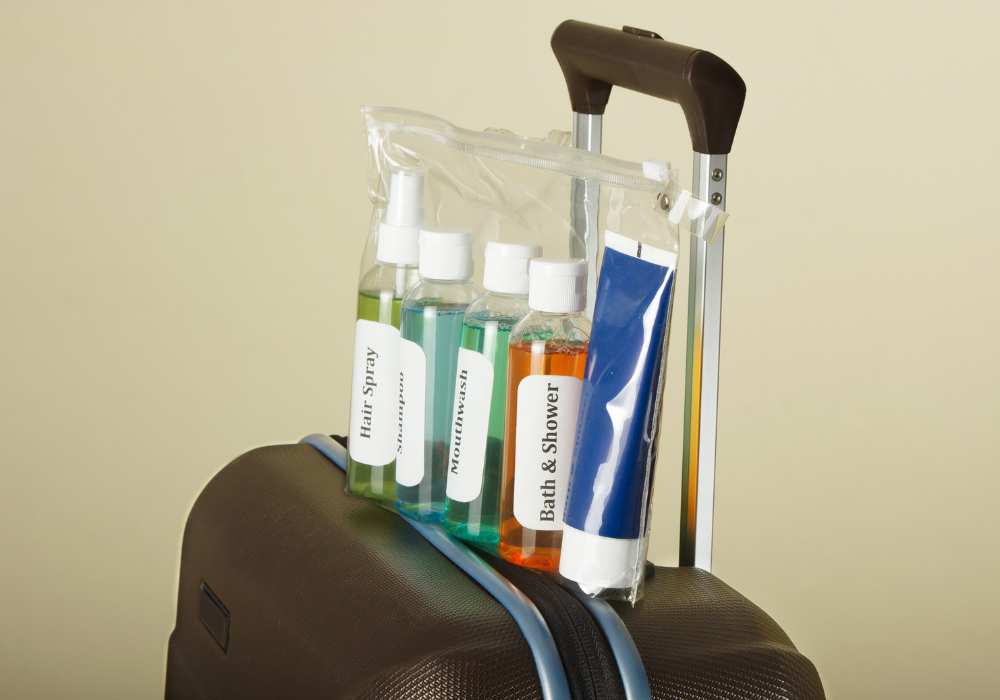
When traveling by plane, it’s important to understand the rules regarding liquids that you can bring on board. The Transportation Security Administration (TSA) has specific regulations in place to ensure the safety of all passengers. Familiarizing yourself with these rules is crucial to ensure a smooth travel experience today.
One of the key guidelines to keep in mind is the 3-1-1 rule for liquids in carry-on luggage. According to this rule, you are allowed to bring liquids in containers of 3.4 ounces or smaller. These containers must be placed in a clear, plastic, zip-top bag for security screening purposes. By adhering to this rule, you can navigate through the TSA checkpoint with ease.
It’s worth noting that the TSA rules for liquids are in place to detect any potential threats, such as liquid explosives. TSA officers use advanced technology and protocols to identify traces of explosives, even in small quantities. They make the final decision on whether a specific item can be brought on board.
While there are some exceptions to the liquid limit rules, it’s always best to check with the TSA to ensure compliance. If you have larger amounts of liquid that you need to bring with you, it may be advisable to pack them in your checked baggage instead. Additionally, reusable water bottles and hand sanitizers containing more than 3.4 ounces of liquid are prohibited in carry-on luggage.
Understanding the basics of liquid limits on flights will help you pack efficiently and avoid any issues at the airport security checkpoints. Remember to always check the TSA website or contact them directly for any specific questions or concerns about bringing liquids on a flight.
The 3-1-1 Rule: What it means for flyers
The 3-1-1 rule is an important regulation that all flyers should be aware of. It allows passengers to bring liquids, aerosols, gels, creams, and pastes in containers of 3.4 ounces or smaller. These smaller containers must all fit into one clear, plastic, zip-top bag. Each passenger is only allowed one bag of liquids, and it must be separate from other items in screening bins.
It’s crucial to follow the 3-1-1 rule when traveling by plane. This rule applies to all flights departing from airports in the United States, as well as international flights departing to the US. By adhering to this rule, you can ensure a smooth screening process at the security checkpoint.
TSA officers are responsible for enforcing these regulations and ensuring the safety of all passengers. They are trained to detect any traces of explosives or other prohibited substances. While the rule may seem strict, it is in place to prevent potential threats and ensure the safety of everyone on board.
So the next time you pack your bags for a leisure or business trip, remember to check the TSA rules and follow the 3-1-1 rule for liquids in your carry-on baggage. It’s always a good idea to double-check the amount of liquid you’re bringing and make sure they are in the appropriate packaging. By doing so, you can have a hassle-free experience today and enjoy your journey with peace of mind.
Please let me know if I can help you with anything else!
The Accepted Liquids in Carry-on Luggage
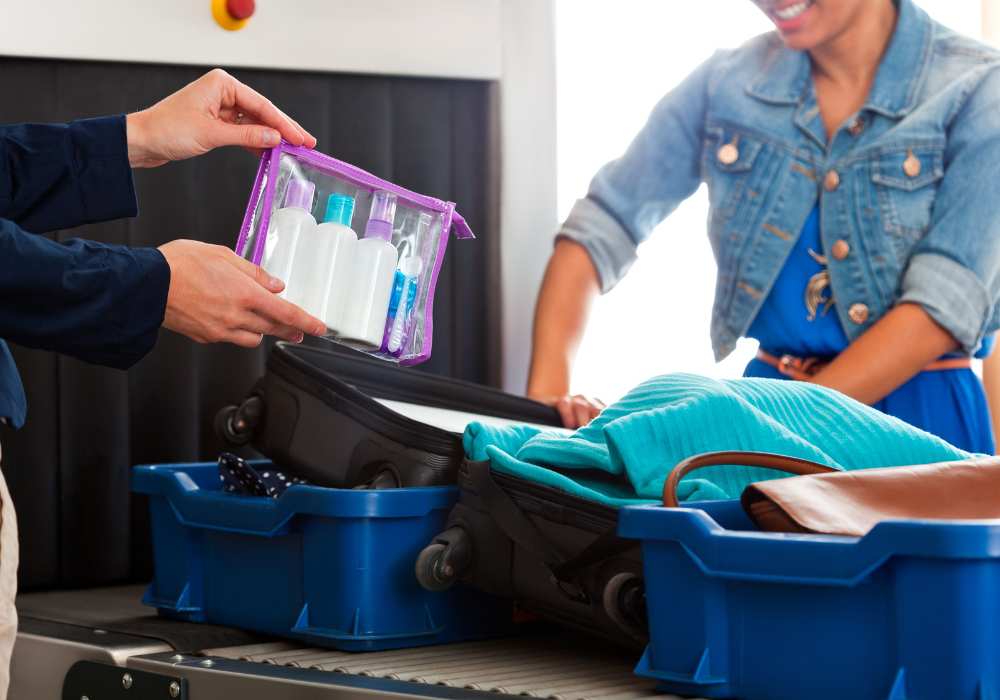
When it comes to liquids in your carry-on luggage, there are some important guidelines to keep in mind. The Transportation Security Administration (TSA) allows necessary liquids, such as hand sanitizer, breast milk, baby formula, and liquid medications, in reasonable quantities exceeding the standard 3.4 ounces limit. However, these liquids are subject to additional screening at the TSA checkpoint.
In addition to these necessary liquids, there are other common toiletries that fall under the 3-1-1 rule and can be brought on flights. This includes items like shampoo, conditioner, lotion, toothpaste, mouthwash, and gel. As long as these items are in containers that are 3.4 ounces or smaller, they can be included in your carry-on baggage.
It’s worth noting that there are further exceptions to the liquid limits. Passengers are allowed to bring peanut butter, sunscreen, perfume, and other toiletries as long as they adhere to the size restrictions of 3.4 ounces or smaller.
For specific rules regarding liquid exceptions, it’s advisable to check the TSA website or contact your airline for further clarification. By being aware of these guidelines, you can ensure a smooth and hassle-free experience at the TSA checkpoint.
How Many Ounces Can You Take on Plane?More Specific
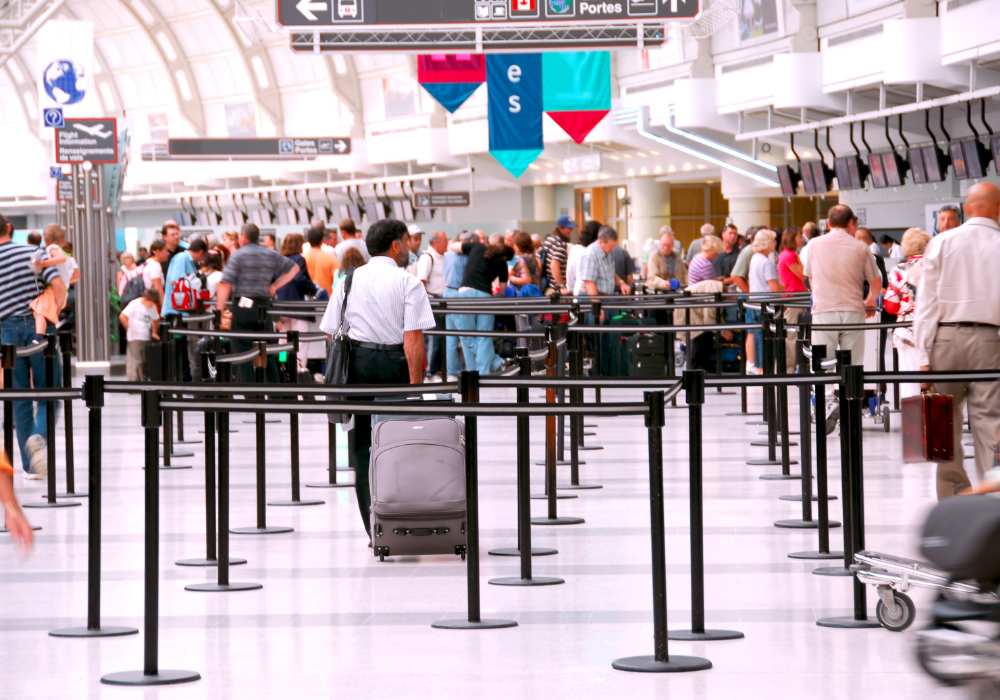
Important Exceptions to the Liquid Limit Rules
When it comes to liquid limits on flights, there are some important exceptions to keep in mind. One exception is that frozen liquids, like freezer packs, are allowed on flights, even if they exceed the 3.4-ounce limit. However, they must be partially frozen when screened. This exception allows passengers to keep their items cold during the journey.
Another exception relates to baby food. Passengers are allowed to bring baby formula and other necessary baby food on flights. Reasonable quantities needed for the journey are permitted, ensuring that parents can meet their child’s needs while traveling.
Passengers are also allowed to bring liquid items purchased after the security checkpoint. These items have already gone through necessary screening, so they can be safely brought on board without any concerns.
In some cases, passengers may need to bring more liquid than what is typically allowed. For example, if someone requires a larger quantity of liquid medication or has a medical condition that necessitates more liquid, additional documentation such as prescriptions may be required for screening.
Ultimately, the final decision on screening rests with the transportation security officer. They have the authority to make exceptions based on security concerns. This ensures that security measures are still upheld while accommodating necessary liquids.
By understanding these important exceptions, travelers can navigate the liquid limit rules effectively and ensure a smooth experience at the TSA checkpoint.
Can you bring frozen liquids on a flight?
Frozen liquids, like freezer packs, can be brought on flights, even if they exceed the 3.4-ounce limit. However, they must be partially frozen during screening. TSA officers will conduct additional checks, but passengers are allowed to bring them onboard. It’s advisable to place frozen liquids in a separate bin during screening. Always check specific TSA regulations as rules may vary.
Frequently Asked Questions
What is the TSA liquid limit?
The TSA liquid limit for carry-on luggage is 3.4 ounces (100 milliliters) per container. All containers holding liquids, gels, or aerosols must be placed in a clear, quart-sized plastic bag. Each passenger is allowed one bag of liquids, which must be easily accessible for inspection. Exceptions are made for medications and baby formula in reasonable quantities.
Can I take 4 oz on a plane?
The Transportation Security Administration (TSA) has a 3-1-1 rule for carrying liquids on planes. This means each container should be 3.4 ounces or less. You can bring multiple containers as long as they fit in a quart-sized bag. Therefore, you cannot carry a single 4 oz container on a plane.
Do flights provide food during travelling?
Food availability on flights varies depending on the airline and flight duration. Some airlines offer complimentary meals and snacks on longer flights, while others may charge for food or provide it only for purchase. Check with your airline beforehand to know the food options available. Bringing your own food is a good idea, especially if you have dietary restrictions or preferences.
How many 3-ounce bottles can I carry on?
You are allowed to carry as many 3-ounce bottles as you can fit in a quart-sized clear plastic bag. Remember, each bottle must not exceed 3.4 ounces or 100 milliliters. The TSA permits one quart-sized bag per person, which should be placed in your carry-on luggage.
Conclusion and final thoughts
To ensure a smooth travel experience, it’s important to understand the rules and regulations regarding liquids on flights. The Transportation Security Administration (TSA) has implemented the 3-1-1 rule, which allows passengers to bring liquids in containers that are 3.4 ounces or less, all of which must fit into a single quart-sized clear plastic bag.
However, there are exceptions to this rule. For example, medically necessary liquids, such as medications and baby formula, are allowed in larger quantities. Frozen liquids, such as ice packs, are also permitted as long as they are completely frozen at the time of screening. It’s always a good idea to check the specific guidelines provided by the airline you are flying with to ensure a hassle-free journey.
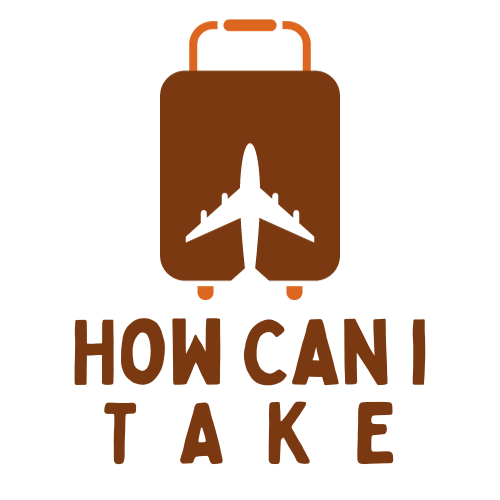
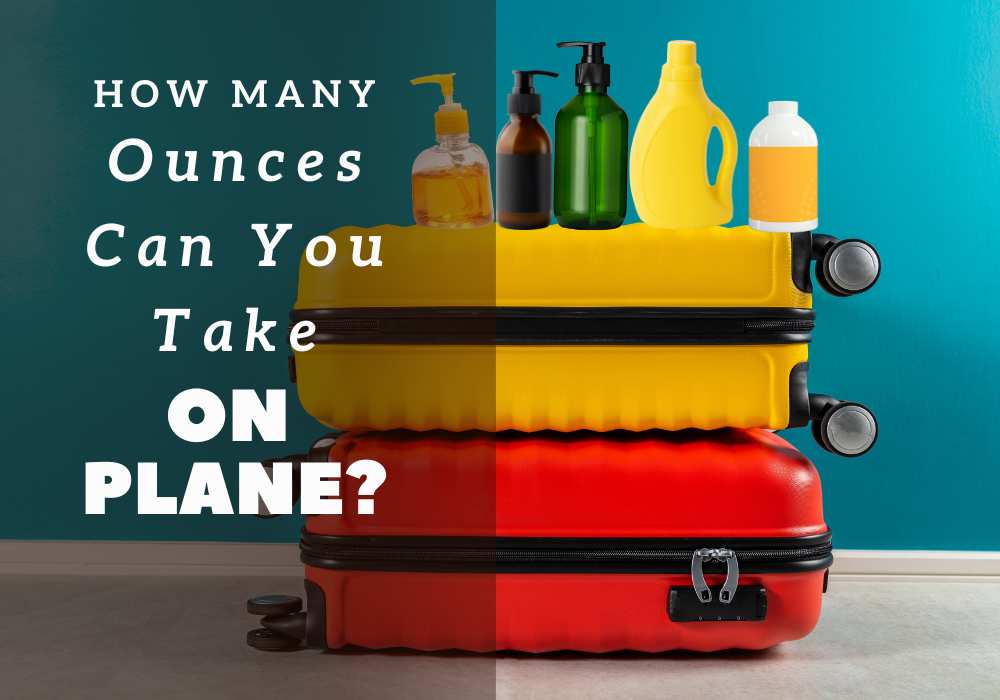



Leave a Reply